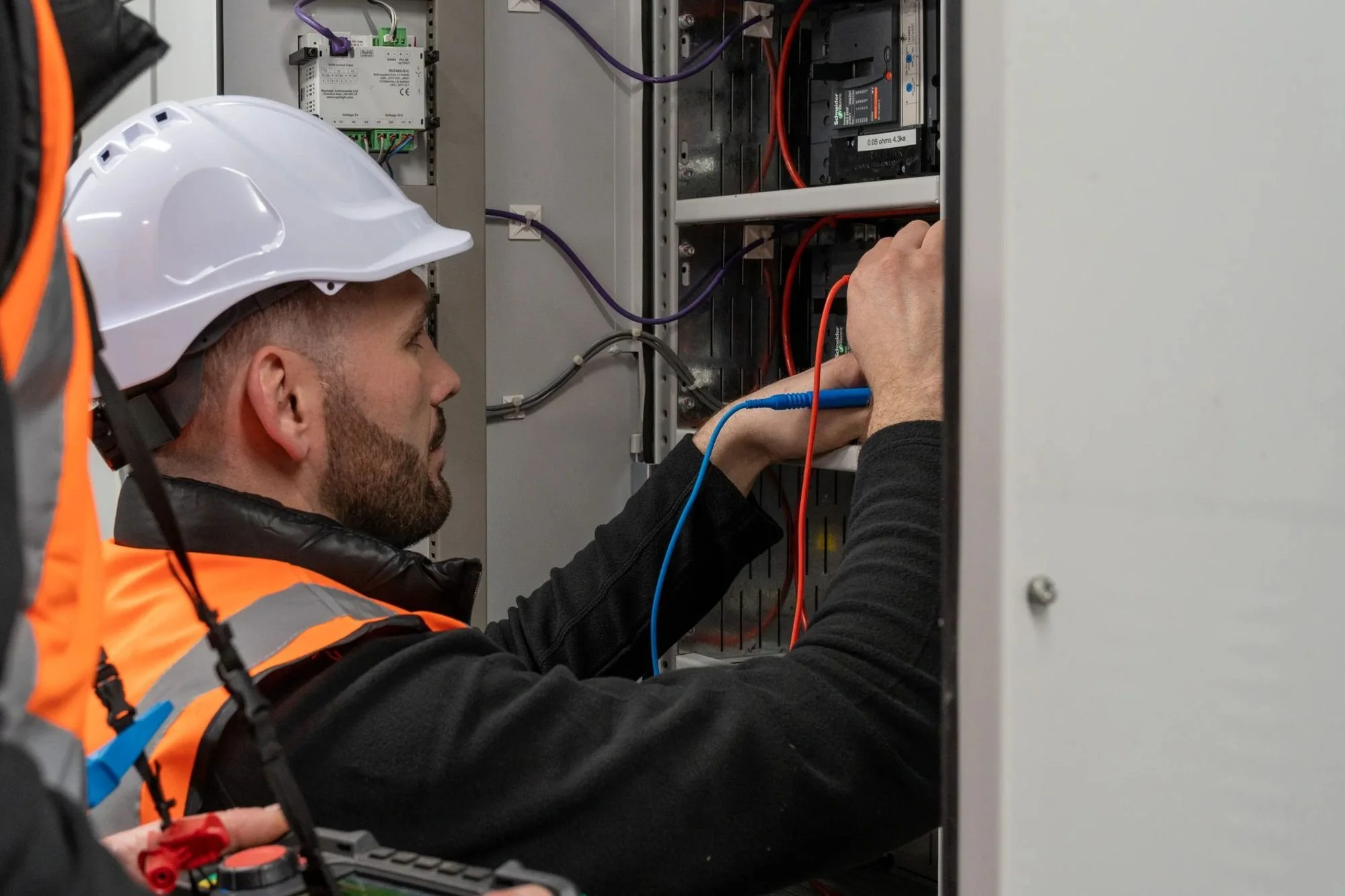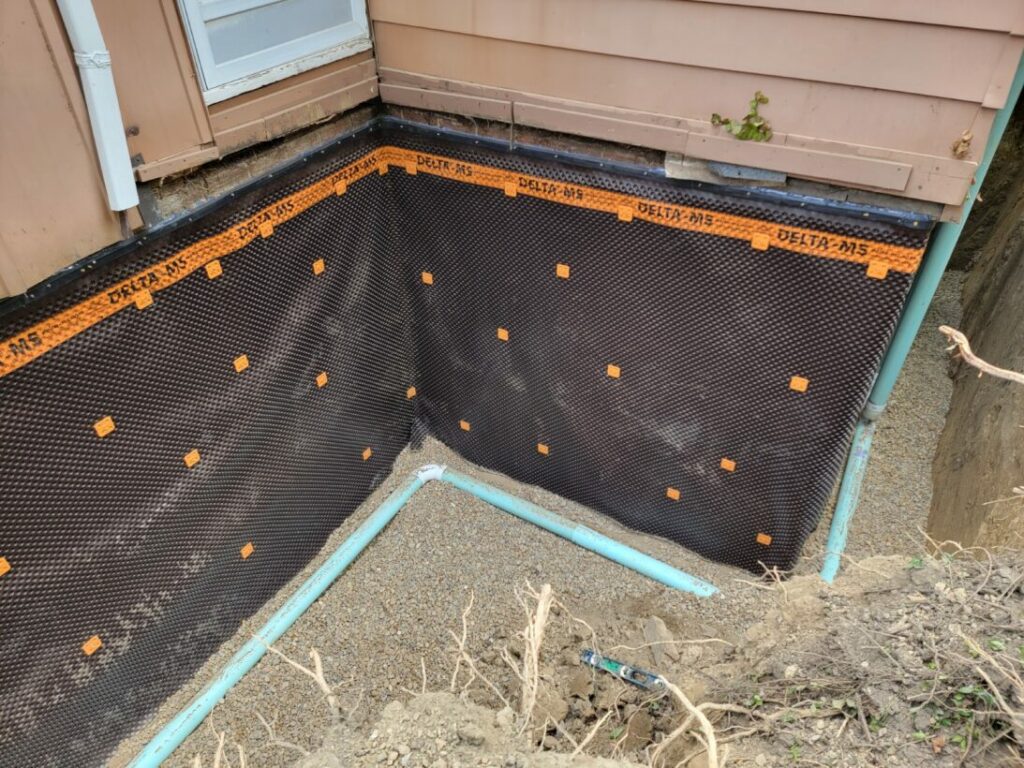Introduction to EICR Inspections
EICR Inspections—short for Electrical Installation Condition Report inspections—are essential for maintaining electrical safety across residential, rental, and commercial properties. These inspections assess the condition of fixed electrical installations and identify potential hazards that could lead to electric shocks, fires, or system failures. EICR Inspections are a legal requirement in many cases and a proactive way to protect people and property.
What Are EICR Inspections?
EICR Inspections involve a detailed review of a building’s permanent electrical systems. Certified electricians assess elements such as wiring, sockets, fuse boxes, and other components. The inspection is based on British Standards (BS 7671) and aims to determine whether the system is safe for ongoing use. Any issues identified are listed in the report, along with recommendations for corrective actions.
Why EICR Inspections Are Important
EICR Inspections play a crucial role in ensuring:
- Electrical Safety: They identify risks like faulty wiring, overloaded circuits, or damaged components.
- Regulatory Compliance: EICR Inspections ensure properties meet current legal and insurance requirements.
- Preventative Maintenance: Spotting problems early helps reduce long-term repair costs.
- Peace of Mind: Property owners can feel confident that their electrical systems are functioning safely and correctly.
Who Needs EICR Inspections and How Often?
Different property types have different inspection schedules:
- Homeowners: Should schedule EICR Inspections every 10 years or after significant electrical work.
- Landlords: Legally required to conduct EICR Inspections every 5 years or with each new tenancy.
- Businesses: Must carry out EICR Inspections in accordance with health and safety laws, usually every 3 to 5 years depending on the working environment.
How EICR Inspections Are Carried Out
Before the inspection, ensure that all electrical points (fuse boards, sockets, etc.) are accessible. The inspection includes:
- Visual Assessment: The electrician checks for signs of wear, damage, or non-compliance.
- Electrical Testing: Using advanced tools, the electrician tests the safety and performance of circuits.
- Detailed Reporting: All findings are recorded in an EICR document that outlines safety status and necessary repairs.
- Compliance Review: The final section confirms whether the system is safe and meets regulatory standards.
Understanding EICR Inspection Reports
The results of EICR Inspections are summarized in a formal report. This includes:
- Satisfactory or Unsatisfactory Status: A pass or fail result based on safety criteria.
- Coded Observations: Issues are categorized using codes like C1 (danger), C2 (potential danger), and C3 (improvement recommended).
- Recommendations: Actionable steps to resolve any faults or bring systems up to standard.
Common Problems Found During EICR Inspections
Typical faults found during EICR Inspections include:
- Outdated or deteriorating wiring
- Exposed or loose cables
- Malfunctioning RCDs (residual current devices)
- Insufficient earthing or bonding
- Overloaded circuits or poor load distribution
These issues pose serious safety risks and should be resolved promptly following the inspection.
EICR Inspections and Legal Compliance
EICR Inspections are not just good practice—they are a legal obligation for landlords and necessary for compliance with UK electrical safety standards. Failing to obtain a valid EICR could lead to fines, invalidate insurance policies, or leave the property owner legally liable in the event of an incident.
How Long Is an EICR Valid?
For residential homes, an EICR certificate is generally valid for 10 years. In rental properties, it must be renewed every 5 years or at tenancy changes. In commercial premises, the timeframe depends on the type of business and risks involved—typically every 3 to 5 years. Any major electrical changes can invalidate an existing EICR, so a new inspection would be required.
Choosing a Qualified Provider for EICR Inspections
To ensure a reliable and thorough inspection:
- Check Accreditation: Look for electricians registered with NICEIC, ELECSA, or other recognized bodies.
- Verify Experience: Choose a provider familiar with your property type.
- Read Reviews: Customer feedback can help you find a trustworthy and professional service.
Reviewing and Acting on the Report
Once you receive the EICR Inspection report:
- Review the status—Satisfactory or Unsatisfactory
- Understand the severity of any faults identified
- Plan and complete any necessary repair work
- Schedule a re-inspection if required to update the report
Key Questions to Ask During EICR Inspections
To get the most from your inspection, consider asking:
- What standards were used for the evaluation?
- What do the fault codes mean?
- Which issues need immediate attention?
- Will you provide a new certificate once issues are resolved?
Conclusion
EICR Inspections are a critical part of ensuring that your property’s electrical system is safe, compliant, and properly maintained. Whether you are a homeowner, landlord, or business operator, investing in regular EICR Inspections protects people, property, and your legal obligations. Make EICR Inspections a regular part of your property management plan for safer living and working environments.



